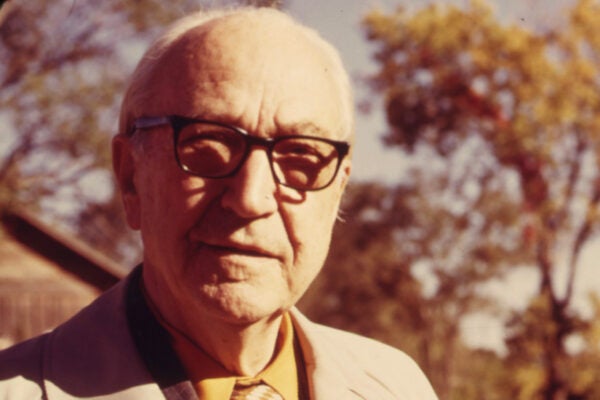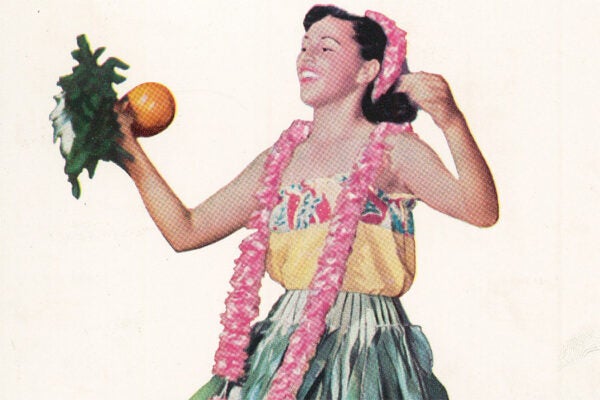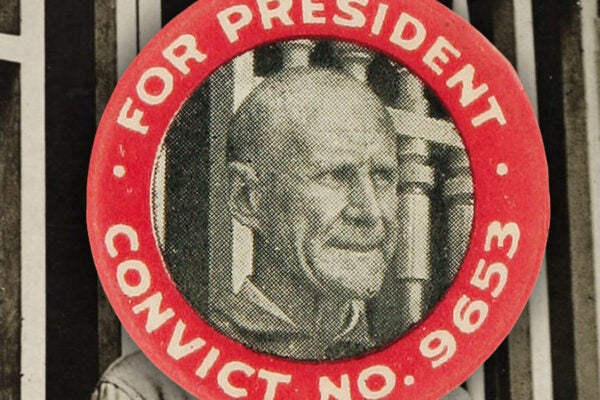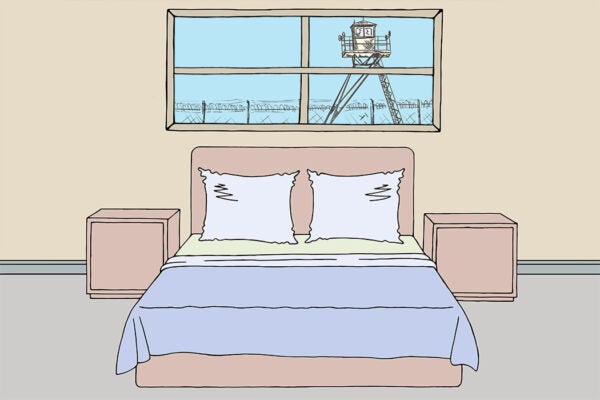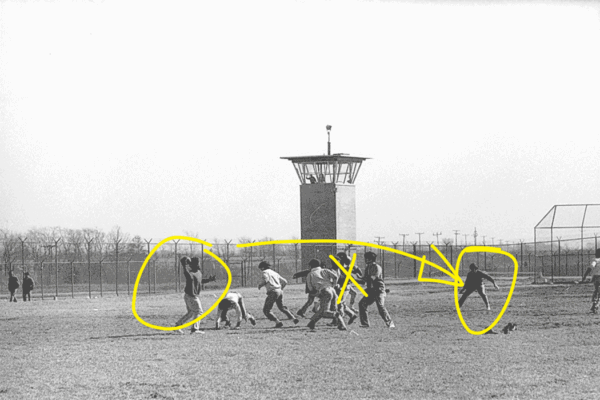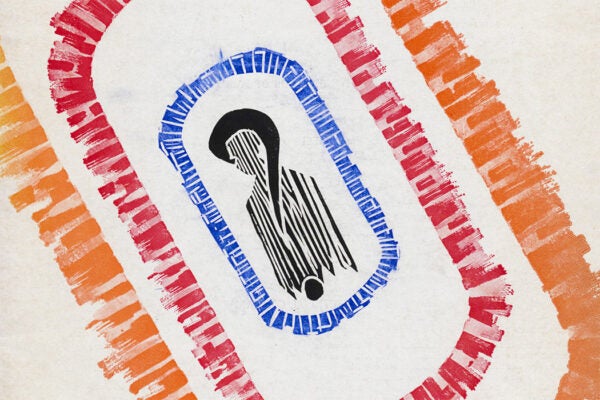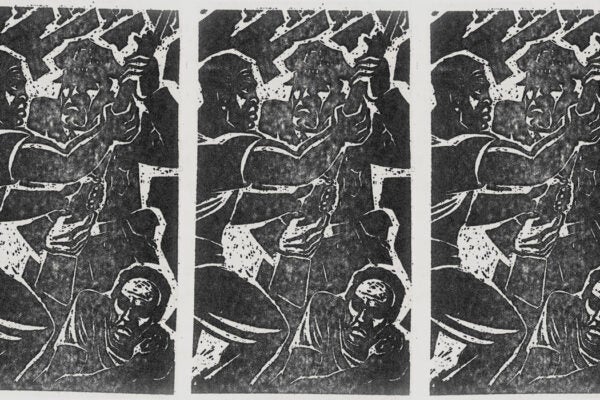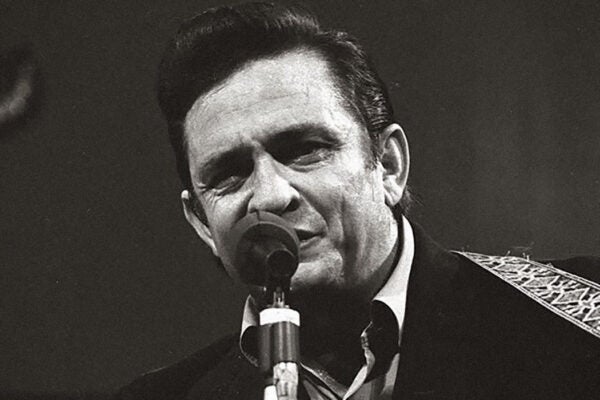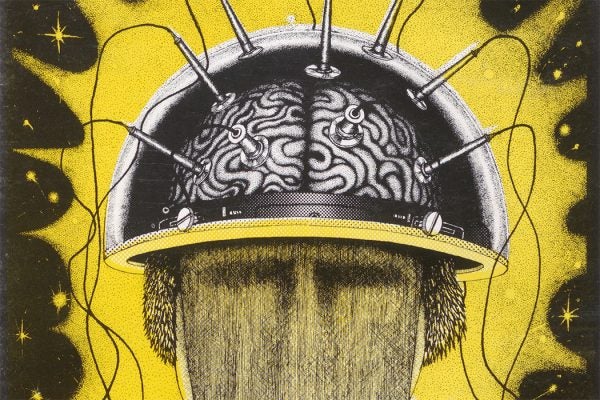Should Punishment Fit the Crime?
Dr. Karl Menninger on the crime of punishment.
How Prisoners Contributed During World War II
Prisoners not only supported the war effort in surprising ways during World War II, they fought and died in it.
A Century of History in Five Hawaiian Prison Newspapers
Hawaiian language and culture are emphasized throughout, ranging from before statehood and during martial law to modern day women's prisons.
A Million Americans Once Voted for an Incarcerated Socialist
Eugene Debs campaigned for both president and prison reform from a federal penitentiary. His critiques of the prison system still resonate.
Controversy and Conjugal Visits
Conjugal visits were first allowed as incentives for the forced labor of incarcerated Black men, the practice expanding from there. Is human touch a right?
The First Famous Football Team Behind Bars
Sing Sing's football team, The Black Sheep, ascended to fame even though its players were incarcerated. One player was so good, he signed with the Eagles.
Prisoners’ Rights: An Introductory Reading List
A selection of readings and visual material on the subject of prisoners’ rights to foster dialogue and discovery in the classroom.
After Attica, the McKay Report in the Prison Press
How was the famous prisoner uprising and its aftermath depicted in the prison press? The American Prison Newspapers collection on JSTOR has answers.
Far From Folsom Prison: More to Music Inside
Johnny Cash wasn't the only superstar to play in prisons. Music, initially allowed as worship, came to be seen as a rockin' tool of rehabilitation.
The Fatal Current: Electrocution as Progress?
The electric chair was promoted as civilized and at the same time imbued with the technological sublime, the mystery of electrical power harnessed by humans.
